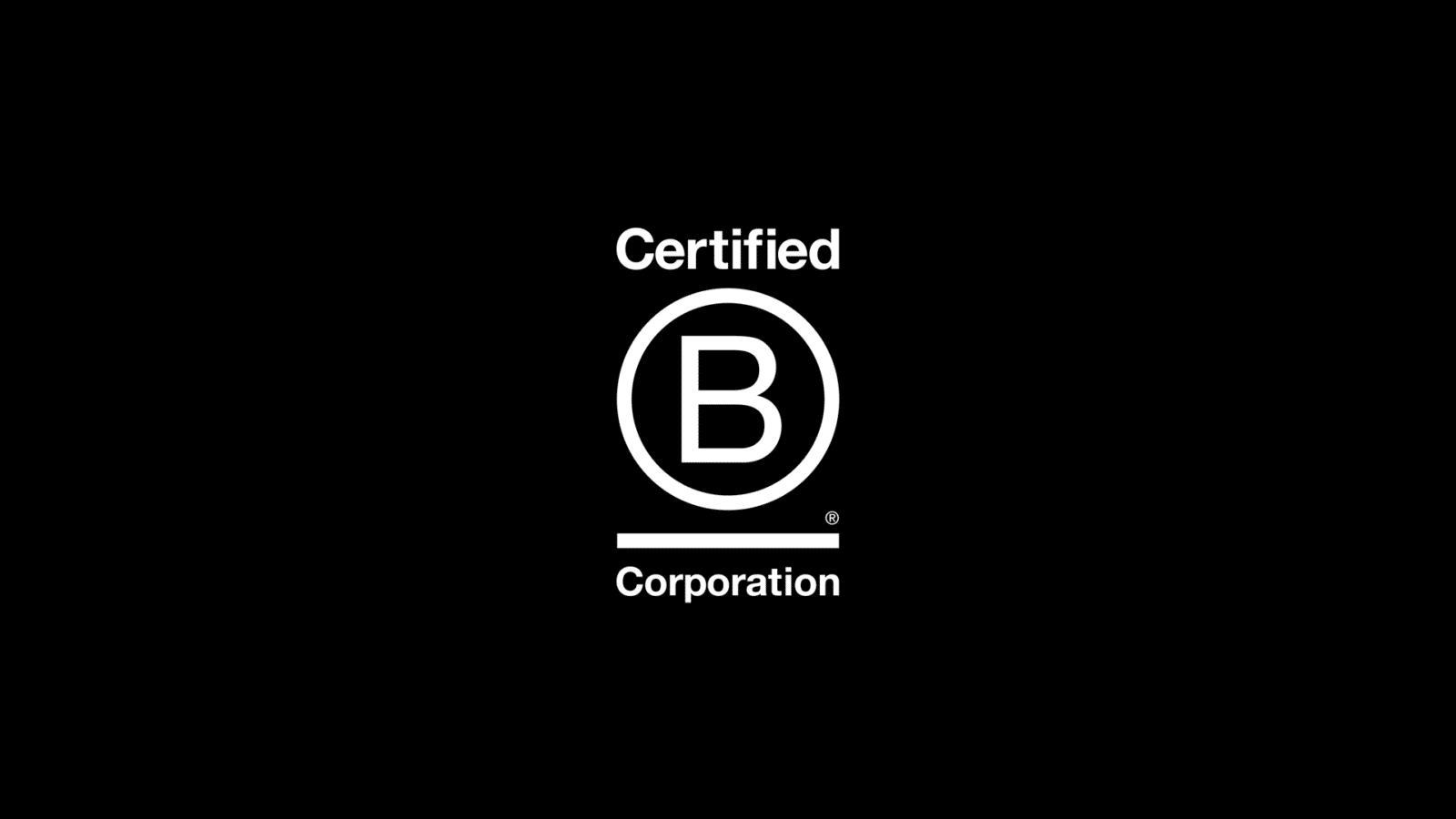Here’s a story about selling my previous business, M5 Networks.
Anyone that worked at M5 could see how living by a mission and values motivated us. The mission was not even particularly glamorous or unique, just simply getting customers to love us one by one. Measuring that gave us all real satisfaction. But there was always an undercurrent: Isn’t our real mission making money for shareholders?
By 2011 the market we’d pioneered, cloud phones, was heating up. The team and I knew that we needed to go bigger or go home. In the course of putting together financing for our big growth plan, ShoreTel’s CEO asked me to lunch. This evolved into a buyout offer. We faced two options: take some more investment and play more hands at the table, or move on and cash out our chips.
I was surrounded by VPs and VCs. The VPs were relatively new, and were tempted by a quick payback. The VC’s had a 6-year itch and rationally were motivated to return capital. Their structure, our structure, meant I was surrounded by people who were tempted to sell. Once we started to explore the SHOR offer, I was surrounded by bankers and lawyers. Their incentive was to sell. I tell this story to any entrepreneur considering their exit. Before things go too far, go for a long lonely walk and make up your own mind. Once a deal is rolling, a lot of people around will be pushing for it. As we at Circles know, peer pressure is a thing.
After the successful sale, there was a certain sadness. A lot people felt that M5 had more good work to do. Some of our customers and staff felt that we’d let down our mission in the name of a juicy buyout offer. I’ve now had a chance to reflect on that tension.
I believe that business is the best structure for propagating a change in the world, and for-profit is the most likely structure to produce fast growth. So I’ve been looking for a way to set the right balance for Circles, the company (formally incorporated now as Circles Learning Labs, Inc.) I want employees, investors, customers all to be aligned around a better balance of growth, profit, and mission. I want us to be able to make balanced choices between applications that are lucrative – like corporate leaders – and ones that may be lower price like helping my friend Aditya create circles for the 5,000 school principals he works with in the toughest parts of India.
I get that one part of that is maintaining control, and leading with strength. Warren Buffet only reports once a year and does it his way because he’s an amazing leader. Some family businesses have this figured out and are the most long-term thinkers around. Kudos to Circles advisor Jeff Snipes who has helped a community of “enduring” companies with a long-term view called Tugboat Institute. I think I’m a clearer leader now, and I do have enough control to make these choices.
Another part is structural: things like compensation and options, the deal we cut with investors, or the way we measure our success. I’ll write more on those things as they crystalize for us.
Ultimately, though, I do believe in the power of peers. I want to be surrounded by people motivated by business as an instrument for social good. I want that kind of peer pressure. The Henry Crown fellowship has certainly been a positive force for me in that regard. Circles is my fellowship project.
Another famous HCF project was the B Corporation. Three fellows set out to create a corporate structure that made shareholders responsible for both share value and mission. Almost a decade later, they’ve created the Benefit Corporation structure in almost every state. There are about 2,000 B Corporations worldwide. They’ve added a stringent certification process layered on top of the legal requirement. And they’ve built a vibrant community so these entrepreneurs can help each other. Famous B corps now include Warby Parker, Patagonia, Ben & Jerry’s, Honest Tea, Kickstarter, and the list goes on.
So we’re going to be a B. But we are going to go one step farther. Since we’re a new company, we’ll elect to become a benefit corp, B Lab’s requirement to ensure considerations of stakeholder interests in our governance, which will allow us to be a Pending B Corp. After a year of performance above the bar for certification, we will try to meet the high standards to become a Certified B Corporation. Plus, the Circles team is excited about having an impact in helping this community, our new community. So we’re prioritizing launching circles for B corp leaders. We’ve just started calling around to make friends in our new community and gauging interest in B Corp Leadership Circles. It makes sense to us to help these leaders, help each other, help the world.
If you are a B Corp leader and this sounds like something you want to be a part of, you can


 They may not have the wow factor of Guy Kawasaki evangelizing the heck out of Apple products on stage, but why should we be having conversations instead of giving presentations?
They may not have the wow factor of Guy Kawasaki evangelizing the heck out of Apple products on stage, but why should we be having conversations instead of giving presentations?